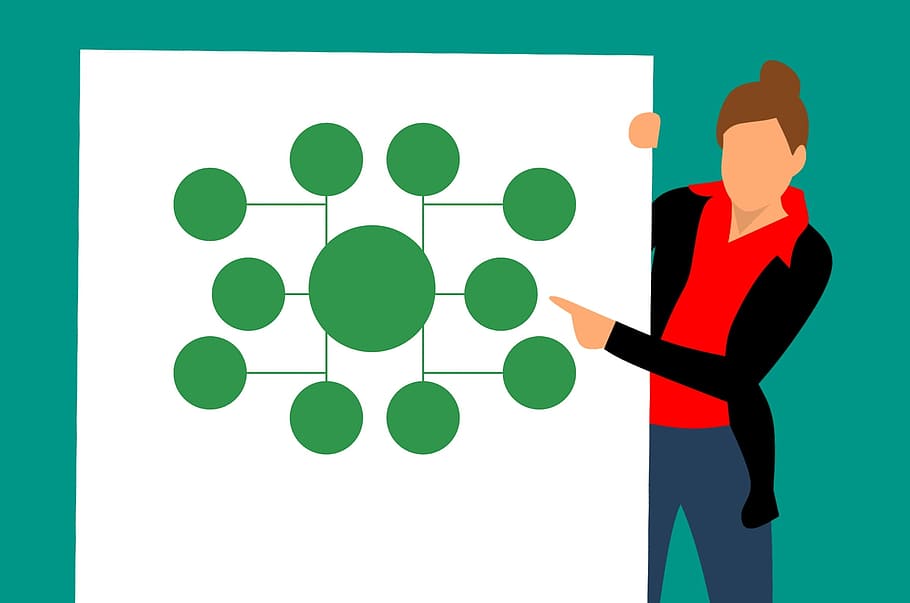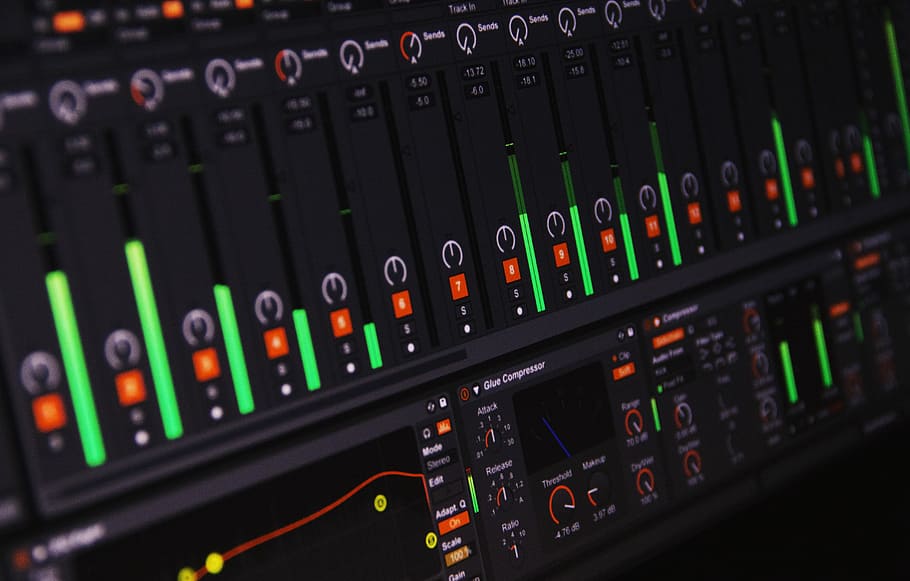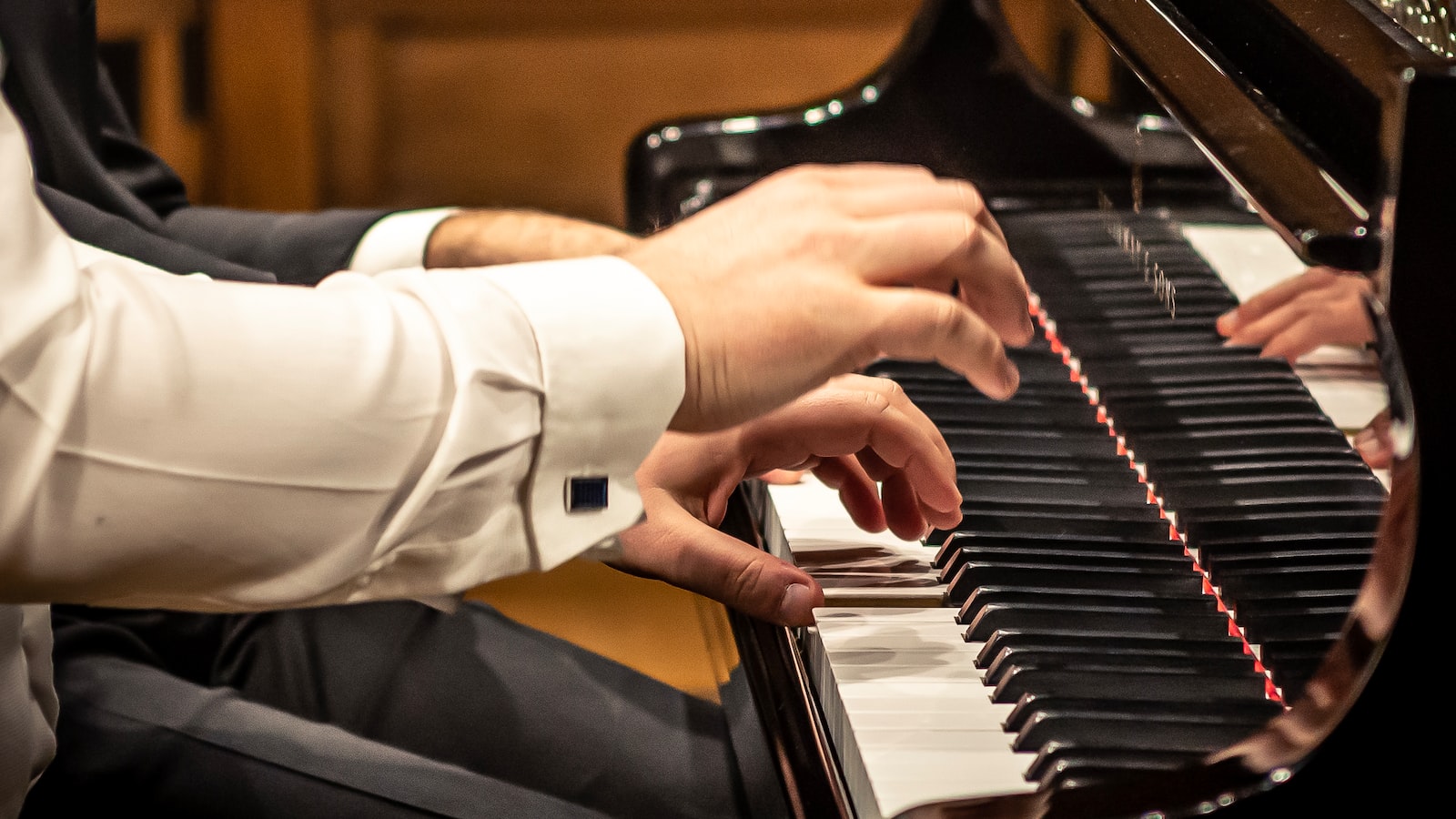The music industry has been revolutionized in recent years with the rise in digital music distribution. With more and more people choosing to purchase music and albums online, it has made the process of getting music easier and faster than ever before. But where do you even start? This beginner’s guide to digital music distribution will provide you with all the information you need to get started listening to your favorite tunes right away!
1. Understanding Digital Music Distribution
Where to Begin?
- Start by understanding the logistics of digital music distribution
- Find out which distribution companies offer rights to your music
- Research the terms of the contracts to ensure they work for your interests
- Familiarize yourself with the different pricing models and royalties available for your music
Digital music distribution is becoming increasingly popular as an emerging avenue for artists to share their music with the world. It’s important to do your research and investigate the best ways to get your music into the right hands.
First, determine which digital distribution companies would best suit your needs. The music industry is ever-changing and different companies have different sets of rules, requirements and payment structures. There are a variety of popular streaming services as well as traditional outlets for CD/Vinyl. Once you have determined the services to investigate, make sure to look over their contract. Be sure to read over the fine print and make sure the company’s agreement is beneficial to you and your music.
The next step in is to get familiar with the various pricing models and royalties associated with the services you choose. Many streaming services offer either a subscription-based or ad-supported free tier for their users. This affects the rate of payouts for royalties you will receive for plays of your music. Make sure to read the terms of each contract associated with the service to understand exactly how these components work.
2. Examining Different Distribution Platforms
Once you’ve determined which platforms to explore, it’s time to start examining the advantages and disadvantages of each one. You’ll want to consider a variety of factors, including ease of access, pricing and payment models, user experience, customer service, and global presence. Here are just a few of the most popular distribution platforms and some of their features:
Steam
- Easy to set up
- Widely used, well-known platform
- High visibility for indie publishing
- Free to use, but revenue share with the platform
Xbox One
- Must partner with Microsoft through ID@Xbox program
- More rigorous examine and approval process
- Reach larger audience of gamers
- Reduced platform fees or subscription costs compared to other platforms
Other popular platforms include the App Store and Google Play Store, both of which offer similar features to Xbox One and Steam. When deciding which platform works best for you, consider the audience you are targeting, cost, user experience and customer service. Ultimately, finding the right distribution platform can make or break your game’s success.
3. Strategies for Successful Digital Music Distribution
As today’s musical landscape increasingly moves online, the task of distributing digital music in an effective way becomes more and more crucial. Successful digital music distribution involves understanding how to maximize online exposure while providing an easy-to-navigate platform for artists and their works. Here are 3 .
Understand the Digital Platforms: Explore and get familiar with the various platforms music can be distributed on. Take the time to learn the ins and outs of each, like the platforms’ rules, regulations, pricing, and user interfaces. Develop a strategy tailored for each platform to best maximize exposure.
Build a Professional Website: Invest in a professional website for showcasing and promoting music. Utilize potential opportunities like mailing list opt-ins, e-commerce merchandise store integration, and social media integration. Keep the website regularly updated to include fresh and interesting content.
Engage with Listeners: Utilize social media to keep fans and followers engaged with content and updates. Continuously post news and videos about artists, special offers or promotions, upcoming events, and anything else interesting and relevant. This helps in building loyal relationships with fans, as well as increasing awareness.

4. Tips for Maximizing Your Digital Music Reach
1. Leverage Social Networking Platforms:
Social networking is a powerful tool to help maximize your digital music reach. Build an online presence through platforms like Twitter, YouTube and Instagram. Create intriguing graphics that engage people to interact with your music. Utilize the power of hashtags to extend the reach of your posts. Offer contests and discounts to followers and encourager them to share your music with their friends.
2. Use an Email List:
Collecting and utilizing an email list can be a highly effective method to increase your digital music reach. Use your website and social networking accounts to invite people to subscribe to your email list. Keep subscribers updated with new releases while letting them know about special offers, deals and upcoming events. Incorporate email list advertising in other marketing tactics you use, such as creating targeted ads on search engines. If you have a newsletter, use it to get your music reach as many listeners as possible.
- Develop a compelling content strategy to keep followers engaged.
- Put thought in the layout of your emails and the call-to-action.
- Promote your music releases through email campaigns.
- A/B test your messaging to determine which content resonates best.
Closing Remarks
Digital music distribution can be complex and difficult to understand, but this guide has hopefully given you the basics to get you started in the right direction! As you continue your journey of bringing your music to the world, never forget that the resources available to you are always growing – so keep up with the changes and don’t be afraid to experiment. Your creative spirit should lead the way.

